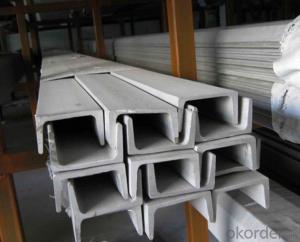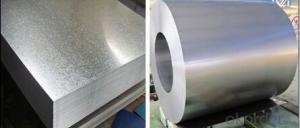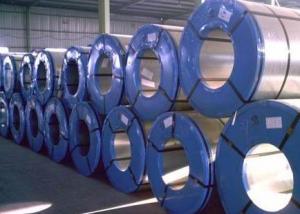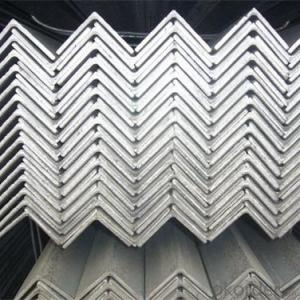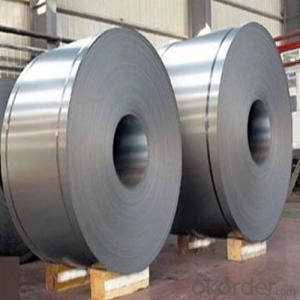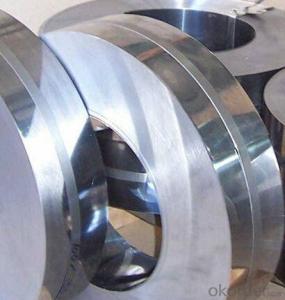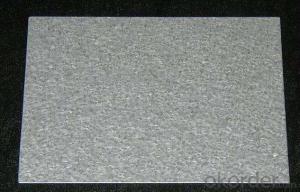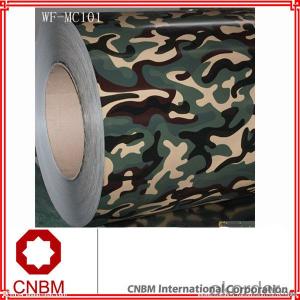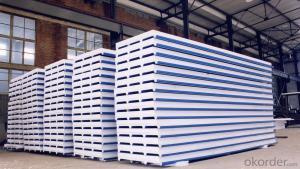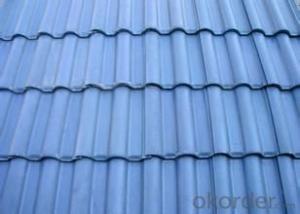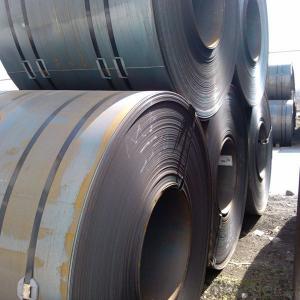Cold Rolled Steel
Cold Rolled Steel Related Searches
Best Paint For Stainless Steel Blanket Insulation For Steel Buildings Primer For Galvanized Steel Foam Filter For Stainless Steel H S Code For Stainless Steel Surface Grinding Wheels For Stainless Steel Surface Grinding Wheels For Hardened Steel Hole Saw For Stainless Steel Paint For Stainless Steel Stainless Steel For BbqHot Searches
Steel Mesh Panels For Sale Price For Stainless Steel Scrap Scrap Price For Stainless Steel Price For Stainless Steel Stainless Steel Tank For Sale Stainless Steel Sheets For Sale Cheap High Tea Sets For Sale Stainless Steel Tanks For Sale Stainless Steel For Sale High Density Fiberboard For Sale Solar Hot Water Collectors For Sale Scaffolding For Sale In Uae Scaffolding For Sale In Ireland Scaffolding For Sale In Houston Type Of Inverter For Solar Price Of Shipping Containers For Sale Types Of Inverter For Solar Stock Price For Aluminum Used Solar Inverter For Sale Steel Mesh Panels For SaleCold Rolled Steel Supplier & Manufacturer from China
Okorder.com is a professional Cold Rolled Steel supplier & manufacturer, offers integrated one-stop services including real-time quoting and online cargo tracking. We are funded by CNBM Group, a Fortune 500 enterprise and the largest Cold Rolled Steel firm in China.Hot Products
FAQ
- Steel sheets have the capability to be bent without cracking. This capability relies on several factors including the type and grade of steel, the thickness of the sheet, and the bending process employed. As a general rule, steel sheets can be bent without cracking as long as the bending radius and angle fall within the recommended limits specific to the type and grade of steel being used. Furthermore, preheating the steel sheet before bending can further mitigate the risk of cracking. It is crucial to adhere to proper bending techniques and utilize suitable tools to guarantee successful bending of steel sheets without any cracks.
- What's the effect of water stopping between steel plate and water stop strip? What's the difference between the process and the sealing process?
- Water swelling seal, rubber sealing strip, sealing plate, the three theory can effectively prevent outside moisture through concrete construction joints with, from the analysis of the sealing principle, construction technology, the three is a big difference, the effect is different. Taking an underground three story structure in an engineering project as an example, the advantages and disadvantages of using the three structures in different parts are analyzed.
- Several factors affect the cost of steel sheets, including the current market demand and supply, raw material prices, manufacturing and processing costs, transportation and logistics expenses, as well as any applicable trade tariffs or taxes. Additionally, factors such as the type and quality of steel, size and thickness of the sheets, as well as any special finishes or coatings required, can also impact the overall cost.
- Yes, steel sheets can be easily engraved or etched using various techniques such as laser engraving or chemical etching.
- Different applications require distinct characteristics in steel sheets and glass sheets. To begin with, steel sheets are renowned for their strength and durability, enabling them to bear heavy loads and resist impact and damage effectively. Consequently, they are well-suited for construction purposes, including building manufacturing, bridge construction, and machinery development. Furthermore, steel sheets provide excellent fire protection and can withstand extreme weather conditions. On the other hand, glass sheets are highly valued for their transparency and aesthetic appeal. By allowing natural light to pass through, they create a bright and open atmosphere. Consequently, glass sheets are commonly used in windows, doors, and architectural structures to enhance visibility and the visual appeal of a space. Additionally, glass sheets possess excellent thermal insulation properties, which aid in reducing energy consumption in buildings. When it comes to maintenance, steel sheets require minimal upkeep due to their corrosion resistance and infrequent need for cleaning. However, they may require painting or protective coatings to prevent rusting. Conversely, glass sheets may need regular cleaning to maintain their transparency and appearance. Moreover, they are more prone to scratching and breakage compared to steel sheets. Lastly, cost must be considered. Generally, steel sheets have a lower initial cost compared to glass sheets. However, the overall cost may vary depending on factors such as size, thickness, and quality. Additionally, the installation and maintenance costs should also be taken into account. In conclusion, steel sheets and glass sheets possess unique characteristics and properties. The choice between the two depends on specific project requirements, including strength, transparency, aesthetics, maintenance, and cost considerations.
- Steel sheets do not perform well in sound insulation as they are rigid and have poor sound-damping properties.
- Yes, steel sheets are suitable for outdoor signage. Steel is a durable and weather-resistant material that can withstand harsh outdoor conditions such as rain, wind, and UV exposure. It is also sturdy enough to support the weight of signage and can be easily cut or shaped to create desired designs. Additionally, steel sheets can be coated or painted to enhance their appearance and provide additional protection against corrosion.

















